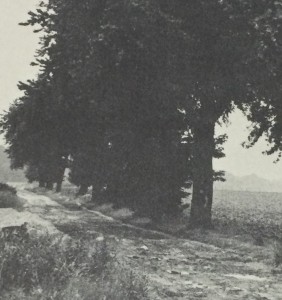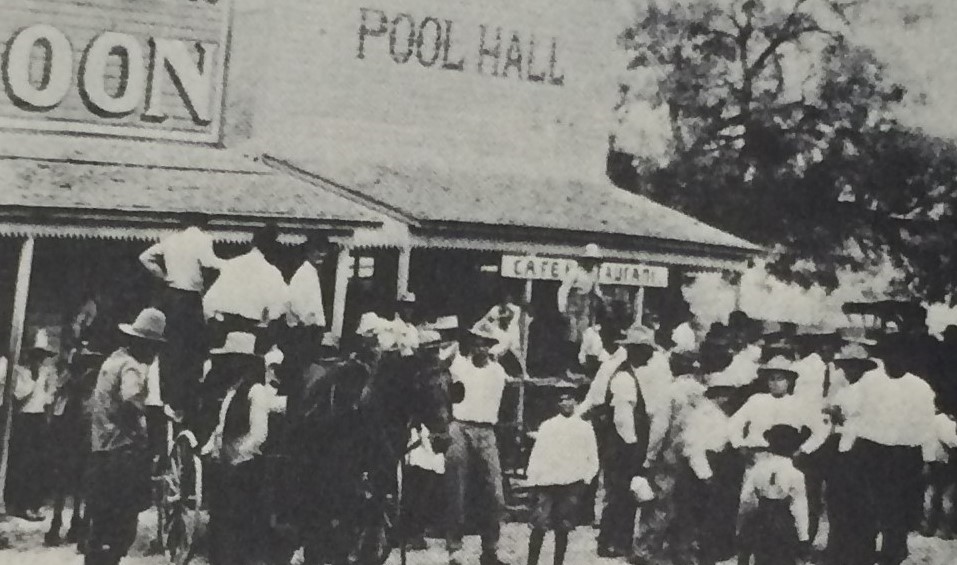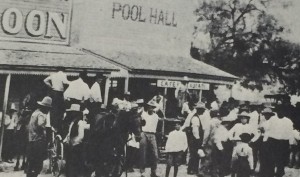I have always been curious about my ancestry before this project, but I had never looked into it all that deeply. I was excited to maybe find that I was related to someone famous or had accomplished something great. But there was very little I could find on both sides of my family. There was not one single family member that stood out from the rest. After looking at multiple census sheets, I discovered that my dad’s family emigrated from the Polish area of Prussia to south Texas in the mid-1800s and began a farm that was handed down for multiple generations. Many immigrants during this time period were not promised anything when they gave up all they had to move to the United States and had to create an entire new life for themselves and their descendants.
 My great-great-great-great-grandfather, Caspar Pollok, was a farmer in poverty driven Silesia, part of what was then the country of Prussia. Many economic and natural disasters hit the region in the early 1850s, and many of the peasant farmers were ready to try a new life elsewhere. Priests had traveled to the United States and began writing letters to the people of Silesia talking about the wonders of the country. He was at the top of the peasant class where he had just enough money to move his family to America. With many economic and social reasons, Caspar joined a group of Silesians and decided to emigrate to Panna Maria, Texas just south of San Antonio. Caspar started his own farm in Karnes County and would pass it down for four generations.
My great-great-great-great-grandfather, Caspar Pollok, was a farmer in poverty driven Silesia, part of what was then the country of Prussia. Many economic and natural disasters hit the region in the early 1850s, and many of the peasant farmers were ready to try a new life elsewhere. Priests had traveled to the United States and began writing letters to the people of Silesia talking about the wonders of the country. He was at the top of the peasant class where he had just enough money to move his family to America. With many economic and social reasons, Caspar joined a group of Silesians and decided to emigrate to Panna Maria, Texas just south of San Antonio. Caspar started his own farm in Karnes County and would pass it down for four generations.
The Polish established their own life in Texas. They were very secluded from the rest of the state and  many continued to speak Polish. Although the two cultures eventually would intertwine, for a long time the Polish maintained their culture and were almost independent from the rest of the Texas. One major aspect of their life that they brought to America was their religion. Around 90 percent of the immigrants were Catholic and they built the first church in Panna Maria when they arrived that was the first Polish Catholic church in America. Being a Catholic myself, it was interesting to see how far back Catholicism had been a part of my family. After World War I, the Polish Catholics were discriminated against harshly. Many people were afraid to leave the Polish sections of the county for fear of physical and verbal abuse. Eventually, the Polish were accepted in Texas culture and still leave their mark today. Having lived in Texas my whole life, it was cool to see my ancestors have lived here since they emigrated. Texas has a very rich history, and I am glad to see my ancestors were a part of it.
many continued to speak Polish. Although the two cultures eventually would intertwine, for a long time the Polish maintained their culture and were almost independent from the rest of the Texas. One major aspect of their life that they brought to America was their religion. Around 90 percent of the immigrants were Catholic and they built the first church in Panna Maria when they arrived that was the first Polish Catholic church in America. Being a Catholic myself, it was interesting to see how far back Catholicism had been a part of my family. After World War I, the Polish Catholics were discriminated against harshly. Many people were afraid to leave the Polish sections of the county for fear of physical and verbal abuse. Eventually, the Polish were accepted in Texas culture and still leave their mark today. Having lived in Texas my whole life, it was cool to see my ancestors have lived here since they emigrated. Texas has a very rich history, and I am glad to see my ancestors were a part of it.
Works Consulted
Baker, T. Lindsay. The First Polish Americans: Silesian Settlements in Texas. College Station: Texas A & M UP, 1979. Print.

